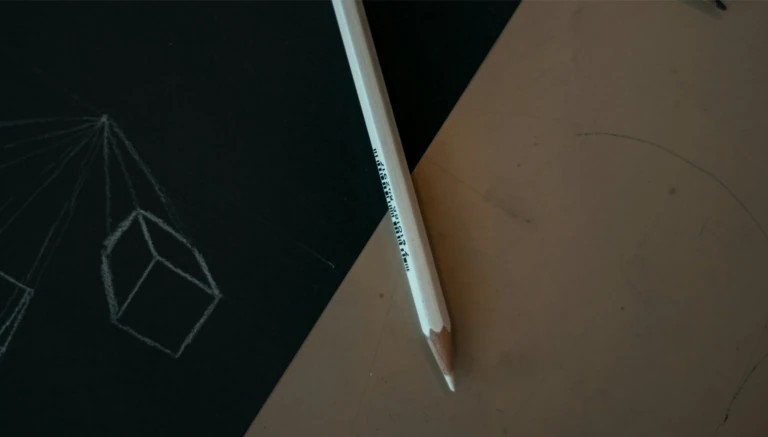Design Protection Reforms in the EU: Shifting into the Digital Age

By Giulia Didonè | Trade Mark Attorney
The Council of the European Union has recently introduced a legislative reform to modernise the protection of designs within the EU. In November 2024, the reform package was published in the Official Journal of the European Union and addresses a system that has remained largely unchanged for nearly two decades. The purpose of the reforms is to ensure EU’s design laws keep pace with market needs and technological advancements in the modern era.
In this article, Giulia Didonè, Trade Mark Attorney at XVII Degrees, provides an overview of two key legislative documents that are central to the reforms in the protection of designs within the European Union:
- The European Design Regulation (EUDR): Amending Regulation on Community Designs No. 2024/2822, applicable from May 1, 2025, with provisions requiring secondary legislation to be implemented by July 1, 2026.¹
- The European Design Directive (EUDD): The recast Directive on the Legal Protection of Designs No. 2024/2823, which entered into force on December 8, 2024, with a transposition deadline for EU Member States by December 9, 2027.²
What are the aims of the Reform?
The reform is designed to adapt the EU’s design protection framework to modern challenges.
Key objectives include: ³
- Modernizing, clarifying, and strengthening design protection;
- Improving accessibility of design protection in the EU;
- Ensuring enhanced interoperability of design protection system across the EU;
- Harmonizing the spare parts protection across the EU.
Phased Implementation of the Reform
The new reform is introduced in phases, with some provisions coming into effect sooner than others:
- Phase 1 – application from 1 May 2025: the changes that will come into effect starting from next month regard those related to the terminology, definitions, the abolishment of the unity of Locarno class requirement for multiple designs, and updates to fees, renewal dates, and renewal fees.
- Phase 2 – application from 1 July 2026: other provisions, such as the updated representation regime for EU designs, will be implemented at this stage.
Key Changes Introduced by the Reform
Terminology Update
One of the most visible changes involves terminology. The term “Community Design” will no longer be used. Instead, the term “European Union Design” will be adopted. This update applies also to the name of Regulations, Implementing and Delegated Design Regulations and even the name of the Court changes into “European Union Design Court”.
Definition of Design and Product
The new reform broadens the definition of what can be considered a “design”. The new definition expressly says that movement, transition or any other sort of animation are protectable.
Another important change is that also non-physical products can be protected in addition to the physical product. For example, light configurations or a play of lights. Additionally, the definition of design includes spatial arrangements of items intended to form an interior or exterior environment, logos, and graphical user interfaces.
Visibility Requirement
The reform clarifies that visibility is required in the application for registration, however design features of a product do not need to be visible at any particular time or in any particular situation of use in order to benefit from design protection (with the exception of component parts of a complex product).
Representation Regime
The amendments to the new definition of design and products cannot be fully enjoyed on next May 1 because new design representation provisions need to be entered into force to give practical operation to the reform (for example for animation the limit of the seven views would not work and will be abolished). These provisions will be implemented as part of the phase 2 of the reform.
Protection Against 3D Printing
Another change relates the protection against 3D printing. The design holder will now have the right to prohibit actions that enable 3D copies. It has been clarified that creating, downloading, copying and sharing or distributing to others any medium or software which records the design for the purpose of enabling a product in which the design is incorporated or to which the design is applied are acts that can constitute infringement of the design.
Registration Symbol
Designers can use the symbol Ⓓ to indicate that their design is registered. This symbol can be displayed on packaging, advertising, or marketing materials as both a deterrent and a tool to raise awareness about design protection.
Spare Parts Protection
The reform made the “repair clause” a permanent provision. This clause clarifies the exception to design protection for spare parts used in the repair of complex products, providing that there is no protection for a design which constitutes a component part of a complex product for the purpose of the repair of that complex product so as to restore its original appearance. This exception applies exclusively to repair purposes and to “must-match” parts. EU Member States have a transition period that ends on 9 December 2032 to implement this clause.
Simplifications in Examination Procedures
Several changes have been made:
- Filing Date: payment of the application fee has become a requirement for establishing a filing date.
- Unity of Class: The requirement for unity of class in multiple designs has been removed. Applicants can now file designs from different Locarno classes in a single application (up to 50 designs), significantly simplifying the process.
- Publication Fees and Deferred Publication: the fee related to the deferment of the publication must be paid at the moment of filing. The Publication fee is abolished so it is not possible to defer the publication of the design simply by not paying the publication fee. If the applicant wishes to do so (and deferment fee were not paid when filing) it must surrender the design.
- Renewal: renewal requests must be submitted within a six-month period before the date of expiry of the registration, and not anymore on the last day of the month on which protection ends. A grace period of six months is provided for renewals.
Fee Structure
The fee for a single EU Design application remains at €350, but the fee structure is now simplified. The previously separate registration and publication fees have been combined into one application fee.
For multiple design applications, the additional design fee has been reduced from €175 to €125, making it more affordable for applicants.
However, renewal fees have increased, particularly for the 3rd and 4th renewals.
Considerations
The new EU design legislation will gradually take effect, reshaping how design rights are protected and enforced across the EU. While the reform codifies some existing practices (such as EUIPO’s recognition of graphical user interfaces), it also introduces important updates to ensure the design protection system aligns with current technological advancements, including virtual reality, the metaverse, and 3D printing that impact the legal systems. These changes lay a solid foundation for protecting new designs, addressing the growing need to safeguard not only physical products but also digital and virtual designs, while providing legal certainty within the EU.
If you are interested in learning more or require assistance in protecting your design in Australia or the EU, connect with us at XVII Degrees.
References:
[1] EUR-Lex. (2024). Regulation (EU) 2024/2822 of the European Parliament and of the Council of 23 October 2024 amending Council Regulation (EC) No 6/2002 on Community designs and repealing Commission Regulation (EC) No 2246/2002. Retrieved from https://eur-lex.europa.eu/eli/reg/2024/2822/oj
[2] EUR-Lex. (2024). Directive (EU) 2024/2823 of the European Parliament and of the Council of 23 October 2024 on the legal protection of designs (recast). Retrieved from https://eur-lex.europa.eu/eli/dir/2024/2823/oj
[3] EUIPO. (2025). Design Reform Hub. Retrieved from https://www.euipo.europa.eu/en/designs/design-reform-hub


